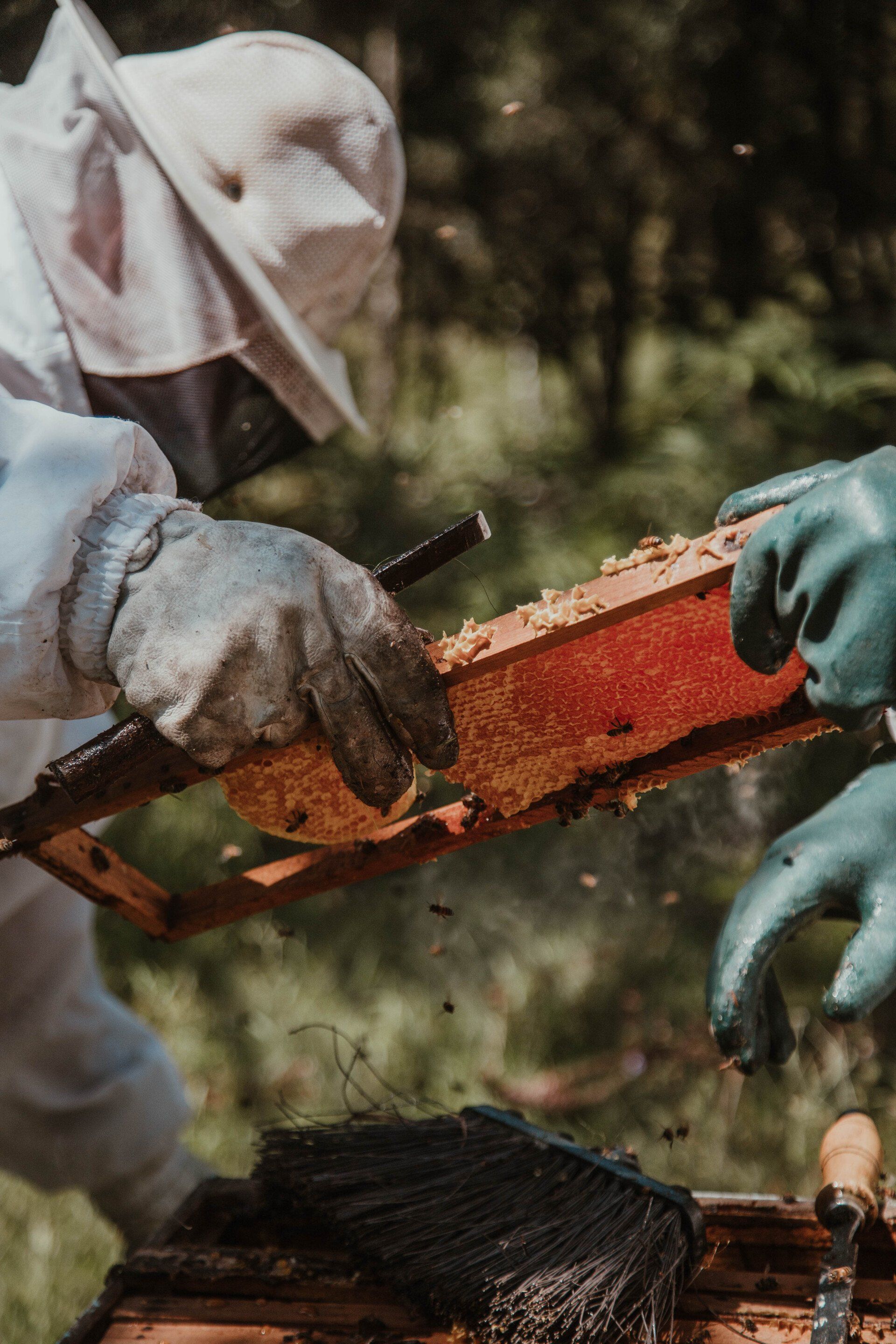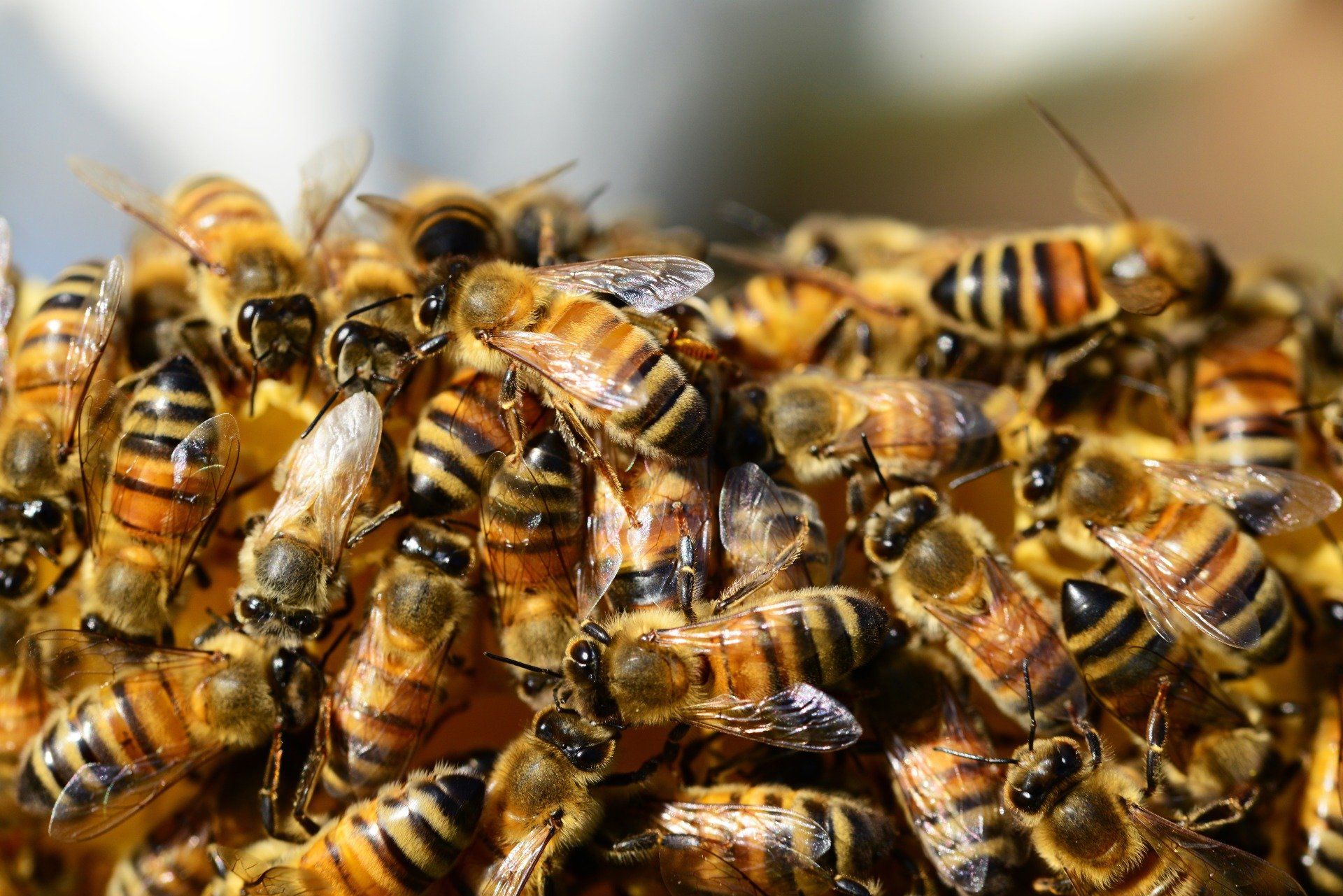Honey Bees, Heat, and Viruses: A Surprising Defense Strategy
Unveiling the Bee's Unexpected Weapon Against Viruses
Introduction:
Honey bees face numerous challenges in their daily lives, with viral infections being a significant concern. While these remarkable insects have evolved an array of defense mechanisms, one particular strategy has raised eyebrows in the world of bee biology – the heat shock response. In a recent 2020 study, researchers uncovered a surprising connection between heat and honey bee antiviral defenses. This blog post aims to simplify and summarize the findings of this study, shedding light on how heat can be a potent weapon in protecting honey bee colonies from viral threats.
Honey Bees and Their Pathogen Defense:
Honey bees have evolved several tactics to ward off pathogens, including viruses. Their immune responses involve complex mechanisms like RNA interference and something called "social fever," which is a collective immune response.
Heat's Role in Antiviral Defense:
New studies reveal an intriguing link between heat and honey bee antiviral defense. When exposed to high temperatures (42°C for 4 hours), honey bees showed a remarkable decrease in virus levels compared to bees kept at a constant temperature.
Decoding the Heat Shock Response:
The impressive antiviral effect of heat can't be solely explained by disrupted protein synthesis. Honey bees can endure short bursts of high temperatures. Instead, the key may lie in the regulation of heat shock proteins.
Unraveling Heat Shock Proteins:
Research has shown that virus infections trigger the expression of heat shock proteins in honey bees. One gene, mf116383, is particularly interesting as it's uniquely induced by heat treatment, suggesting a connection between the antiviral immune response and heat shock.
Heat vs. RNA Interference:
Both heat and RNA interference (RNAi) machinery play roles in antiviral defense, but they don't work the same way. Heat doesn't just boost RNAi machinery; it enhances the efficiency of silencing complexes, making them better at fighting viruses.
The Path Ahead:
This study opens doors to further exploration of how stress responses, immune mechanisms, and heat shock proteins interact to protect honey bee colonies from viral infections.
Conclusion:
Honey bees are vital pollinators that ensure our ecosystems thrive. Understanding their unique immune strategies, like using heat to combat viruses, can help us safeguard these essential insects and maintain a healthy, balanced environment. The mysteries of honey bee biology continue to inspire awe and underscore the importance of protecting these incredible creatures.
Source Link: https://www.ncbi.nlm.nih.gov/pmc/articles/PMC7077298/#:~:text=Herein%2C%20we%20demonstrate%20that%20the,maintained%20at%20a%20constant%20temperature.



